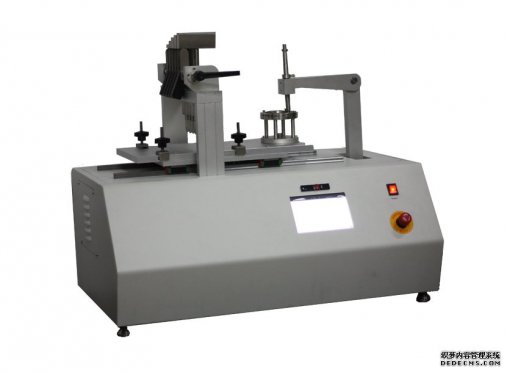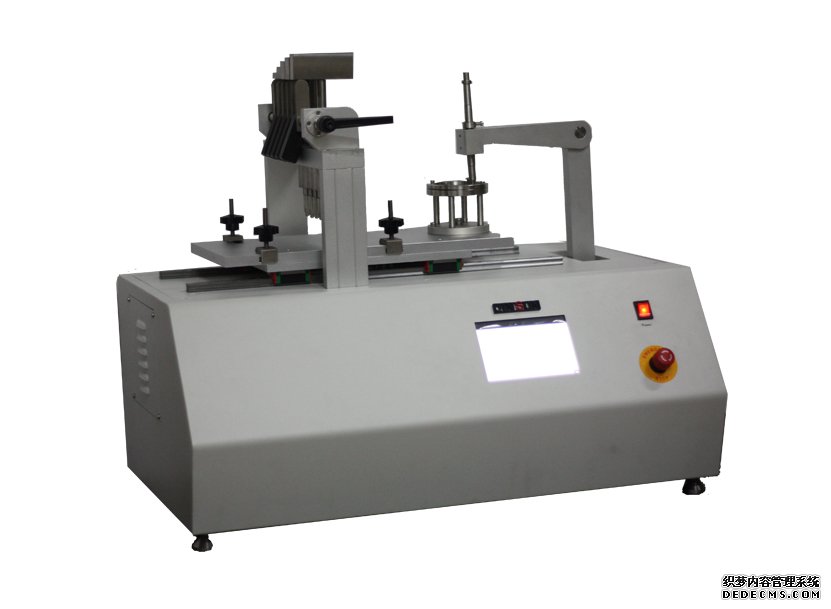Products
News
Contact
- Qinsun Instruments Co., Ltd.
- Tell:+86-21-6780 0179
- Phone:+86-17740808215
- Address:No. 2578 Minhang District Gu Dai Road, Shanghai
- Contact:Mr. Li
- QQ:846490659
Introduction to Dry and Wet Rubbing Test Textile Color Fastness

Fastness is one of the important quality indicators of textiles. The so-called color fastness refers to the degree of color retention of dyed textiles under physical and chemical action, that is, the fastness of the color of dyed textiles to external influences becomes dye fastness.
Based on the color change of the sample after the test, the evaluation level of the degree of staining of the white cloth indicates the color fastness.
Among various items of color fastness, the most commonly used color fastnesses include rubbing fastness, perspiration fastness, washing fastness, light fastness, water immersion fastness, scrubbing fastness, Weather fastness and other items.
Color fastness to rubbing is an item of textile color fastness inspection, and it is also one of the most common inspection items in textile trade. It refers to the ability of the color of textiles to resist friction, which is divided into dry friction and wet friction.
The principle is to fix the textile sample of the specified size on the friction tester platform with a clamping device, and then rub it with a dry friction cloth and a wet friction cloth respectively. Finally, the degree of staining of the white cloth is used as the evaluation basis, and the standard is compared. The gray sample card is divided into 5 grades. The larger the grade, the better the rubbing fastness. The fabric with poor rubbing fastness will seriously affect its use.
1. Dry friction test
Put a piece of (50×50)mm rubbing cloth (standard white cotton cloth) on the rubbing head under standard atmosphere (temperature 20℃±2℃, humidity 65%±4%), humidity control (more than 4 hours) Above, make the direction of the rubbing cloth consistent with the allowable direction of the rubbing head. The running speed is one reciprocating rubbing cycle per second, with a total of 10 rubbing cycles. The rubbing stroke on the sample is (104±3) mm, and the applied direction is The down force is (9±0.2)N. After the entire 10 cycles are completed, remove the friction cloth, adjust the humidity (more than 4 hours), and remove any excess fibers on the friction cloth that may affect the rating.

2. Wet friction test
Immerse the weighed piece of friction cloth completely in distilled water, take it out, re-weigh the friction cloth to ensure that the moisture content of the friction cloth reaches 95%-100%, and then the operation method is the same as dry friction.
3. Rating
Finally, we need to take the moistened rubbing cloth after rubbing to the rating room in the standard light source box, and use the gray sample card for assessing staining to assess the staining grade of the rubbing cloth. Place three layers of rubbing cloth on the back).
4. Commonly used standards
Commonly used standards for color fastness to rubbing are GB/T 3920-2008, AATCC 8-2007, AATCC 116-2010 and JIS L 0849-2004. The similarities and differences of these four standards.
It can be seen from this table that different testing standards have different requirements on the size of the sample cloth. When the customer prepares the sample cloth, if the tested sample is a fabric or carpet: prepare two sets of samples with a size of not less than 50 mm × 140 mm. Group two pieces each. (When sampling, one piece of fabric is parallel to the warp yarn, and the other piece of fabric is parallel to the weft yarn.) Another sampling method is to sample at a certain angle between the length of the sample and the warp and weft of the fabric.
If it is a pile fabric and the pile is easy to distinguish, the direction of the pile when cutting the sample should be consistent with the length of the fabric. Under normal circumstances, the national standard and the European standard adopt the method of taking one piece in each of the latitude and longitude directions, while the American standard adopts the method of inclination of 45 degrees.





